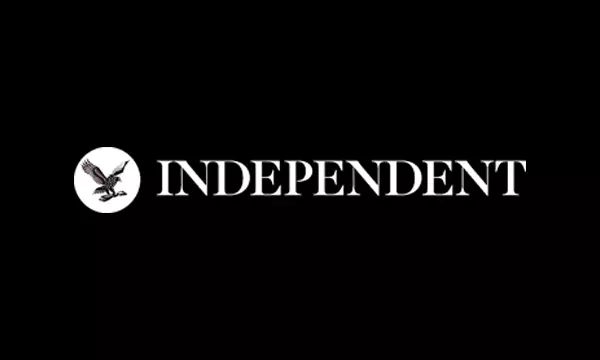When stock markets go into correction mode, it can be difficult to stay in control of your investing. But it's important to do just that.
First, you must be sure to utilize your risk-management strategies, trim your positions and cut your losses when indexes head south. Be sure to protect your capital first and foremost. Then it's time to think analytically about how the market is behaving.
Not all market corrections are equal. Since there are a couple of different types, knowing which one you're in will equip you to capitalize on an eventual recovery. Major stock indexes aren't showing signs they want to pull back yet after bottoming in early April. But they will at some point, and it's important to study price and volume as the pullback takes shape.
Some market corrections indicate that a recovery could be further out than you think. Others foretell a much quicker turnaround. By studying past market corrections, IBD has been able to distill the various archetypes and how to handle them. Let's examine two pullbacks: the vertical violation and the three waves down.
Stock Market Corrections: The Vertical Violation
A defining factor of vertical violations is the steepness of the decline coming off the market top. The number of down days isn't just slightly higher than the up days — it's substantially higher.
Find The Best Long-Term Investments With IBD Long-Term Leaders
You'd likely see several days of selling with just one or two weak attempts at a gain. At least one of the down days will stick out, with a much larger drop of 3% or more. Finally, the decline doesn't just meander down to the 50-day or 200-day moving average. It slices through it with intensity.
When you see this signal, you can typically expect at least a couple of months of choppy action and possibly a bear market.
Nasdaq In 2018
Looking at the Nasdaq in late 2018, the selling was particularly notable on Oct. 4, with a 1.8% decline that sliced through the 50-day line (1).
By Oct. 10, the chart began to look much worse. The index sliced through its 200-day moving average with a drop of 4.1% (2). In addition to that one very concerning day, only one of the five previous trading days was positive.
IBD then lowered its market outlook to "market in correction," which would be a recommended exposure of 0%-20% in today's market exposure scale.
Typically, given the intense nature of the violation, investors should expect the market to take a few months to heal and a new rally to take hold again. This means your first one or two follow-through days are more prone to failure.
This is exactly what happened in 2018. The vertical violation attempted recovery and failed multiple times. The correction was a vertical violation, and over the next several months, it developed the characteristics of another correction archetype, the three waves down.
Three Waves Down
Oftentimes, stock market corrections will take the form of multiple waves of intense selling, with brief attempts at recovery in between that last a few weeks to a month or two. The three waves down can even turn into a four waves down, as it did in the 2008-09 bear market, depending on your interpretation of the action.
Returning to our 2018 example, the market began to rally at the end of October after a sharp sell-off. Then on Nov. 7, we got a follow-through day (1). That happens when a major index rallies 1% or more in volume heavier than the prior session, at least four days into an attempted rally off lows.
Things were looking good as the Nasdaq retook its 200-day line. But then, two days later, the index closed below the low of the follow-through day (2). This is an early sign of failure.
Soon after, selling intensified, and we saw the second wave down in this correction.
Then on Nov. 28 we got another rally attempt with a follow-through day (3). This day had a larger percentage gain and more stocks seemed to make progress afterward. Rather than an immediate sign of failure, the Nasdaq composite made progress to its 50-day line. Then it was turned away with a dramatic 3.8% drop (4).
That bearish action turned into a third wave down as selling intensified before the market bottomed in late December.







